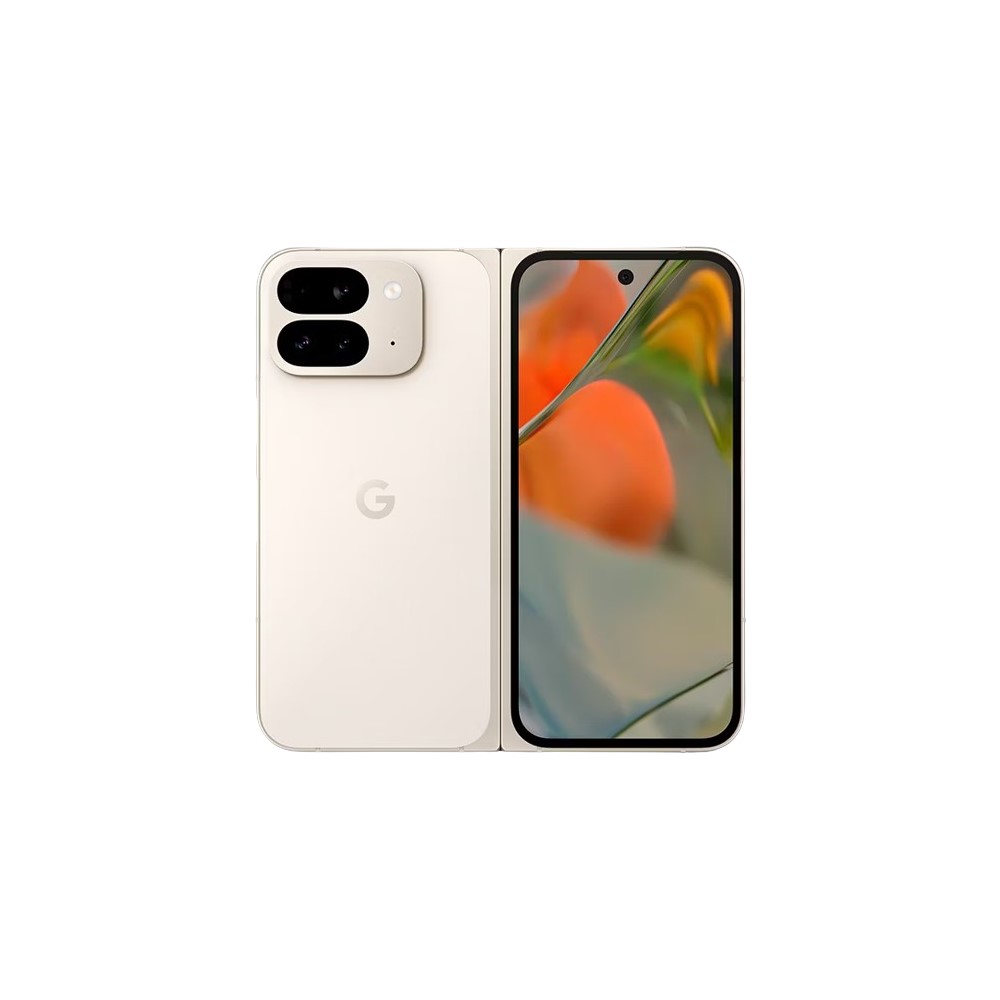Affiliate links on Android Authority may earn us a commission. Learn more.
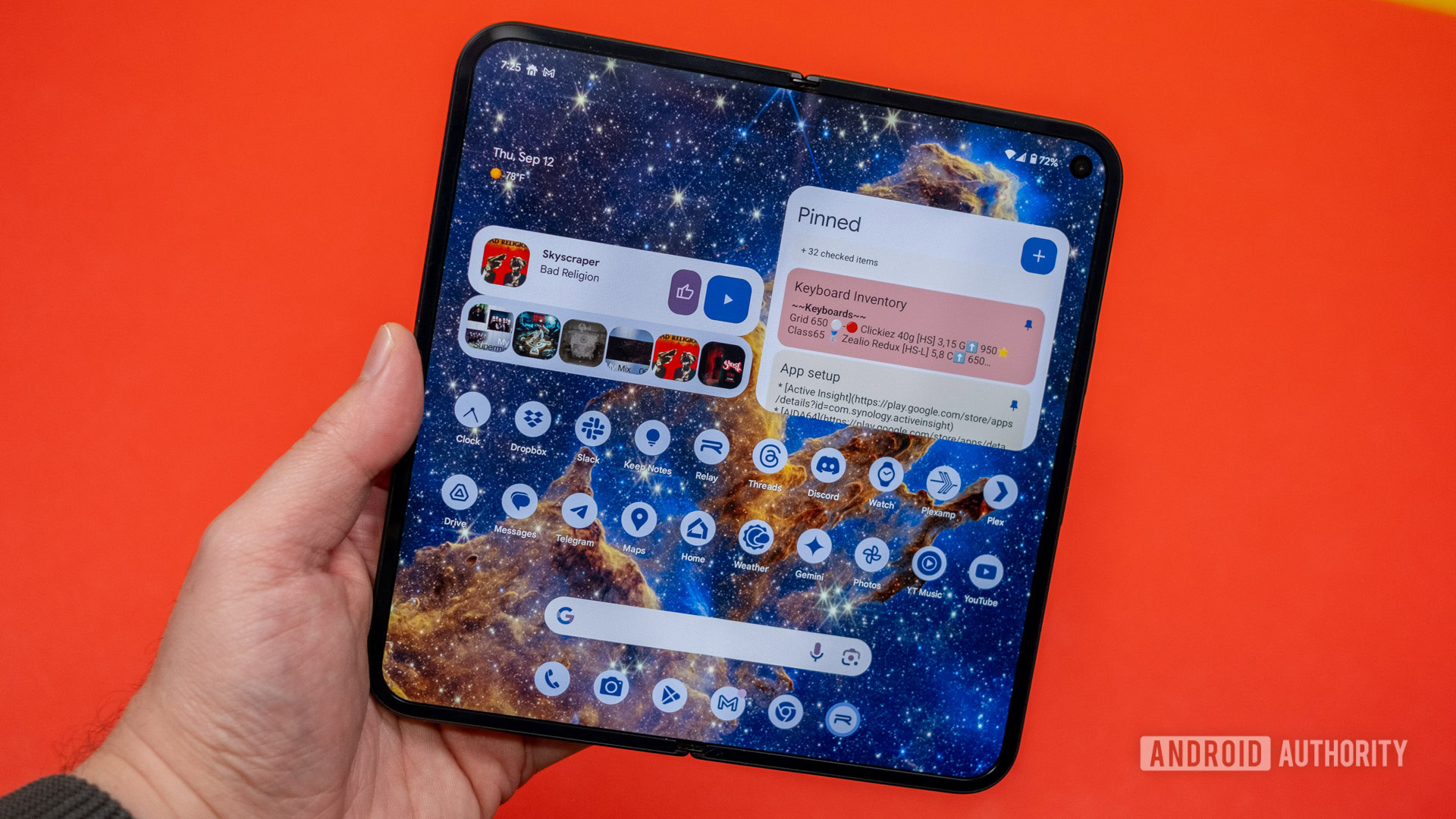

I love the Pixel 9 Pro Fold, even though it can't fix the same old foldable foibles
Published onSeptember 14, 2024

Google Pixel 9 Pro Fold
MSRP: $1,799.00
What we like
What we don't like

Google Pixel 9 Pro Fold
We are five years into the foldable phone era, and I believe 2024 will go down as the year when large-format folding phones got truly good. A few months back, Samsung released the Galaxy Z Fold 6, which finally got wide and thin enough to be genuinely useful. Now, Google has the Pixel 9 Pro Fold, which skips all the iterative improvements of Samsung’s annual foldables to deliver a product that gets almost everything correct, right out of the gate.
The Pixel 9 Pro Fold is among the best foldable phone experiences in the world; it’s an impressive piece of premium hardware, and Google’s Pixel-ified version of Android is as elegant and thoughtful as ever. Unfortunately, it also has the same old foldable shortcomings and sky-high price. Until that changes, foldables are going to be niche devices. That doesn’t mean they can’t be fun to use, though, and the Pixel 9 Pro Fold is extremely fun.
A quantum leap forward for the Pixel Fold series
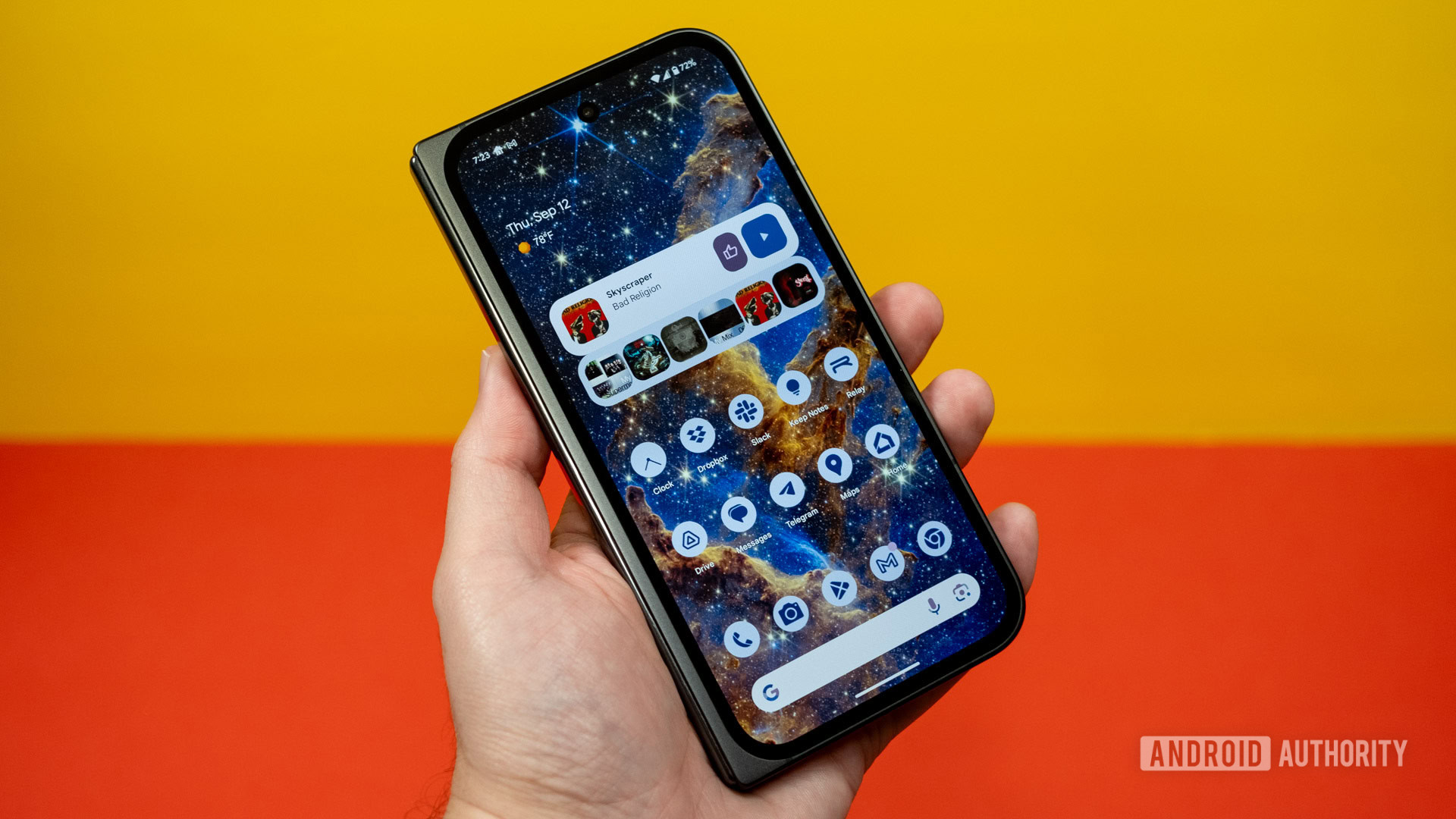
I almost couldn’t believe Google released the original Pixel Fold in 2023. While it was as expensive as all the other foldables, the hardware was comparatively terrible. The hinge didn’t open all the way, the bezels were huge, and the outer screen was way too wide. Being generous, it felt like a prototype of a much better phone. That better phone doesn’t exist because the Pixel 9 Pro Fold hardware is so divorced from the first-gen mess that the new, clunky name almost makes sense — this is not a Pixel Fold 2.
When Google announced the Pixel 9 Pro Fold, it was the thinnest foldable in the world — just 5.1mm when open. It has since been overtaken by the HONOR Magic V3, but that’s one of those international phones we don’t get in the US. For most of the people reading this, the Pixel 9 Pro Fold is the sleekest foldable available. I like the hardware slightly more than the OnePlus Open, but these phones look almost identical. With both of them on my desk, I have picked up the wrong one several times. I figured it out pretty quickly, though, because Google’s phone is noticeably heavier.
The Pixel 9 Pro Fold hardware is so divorced from the first-gen mess that the new, clunky name almost makes sense — this is not a Pixel Fold 2.
The thinness of the phone really pays off, and I found it relatively easy to handle when open or closed. When closed, it’s almost slim enough that you could forget that it opens at all. The bezels are a bit on the large side, but at least they’re even on the inside now. The screen gets extremely bright outdoors, but the plastic cover is more reflective than glass. So, like other foldables, even super-high peak brightness won’t save you from glare on a sunny day. The outer screen performs a bit better outdoors because it’s good old-fashioned Gorilla Glass Victus 2.
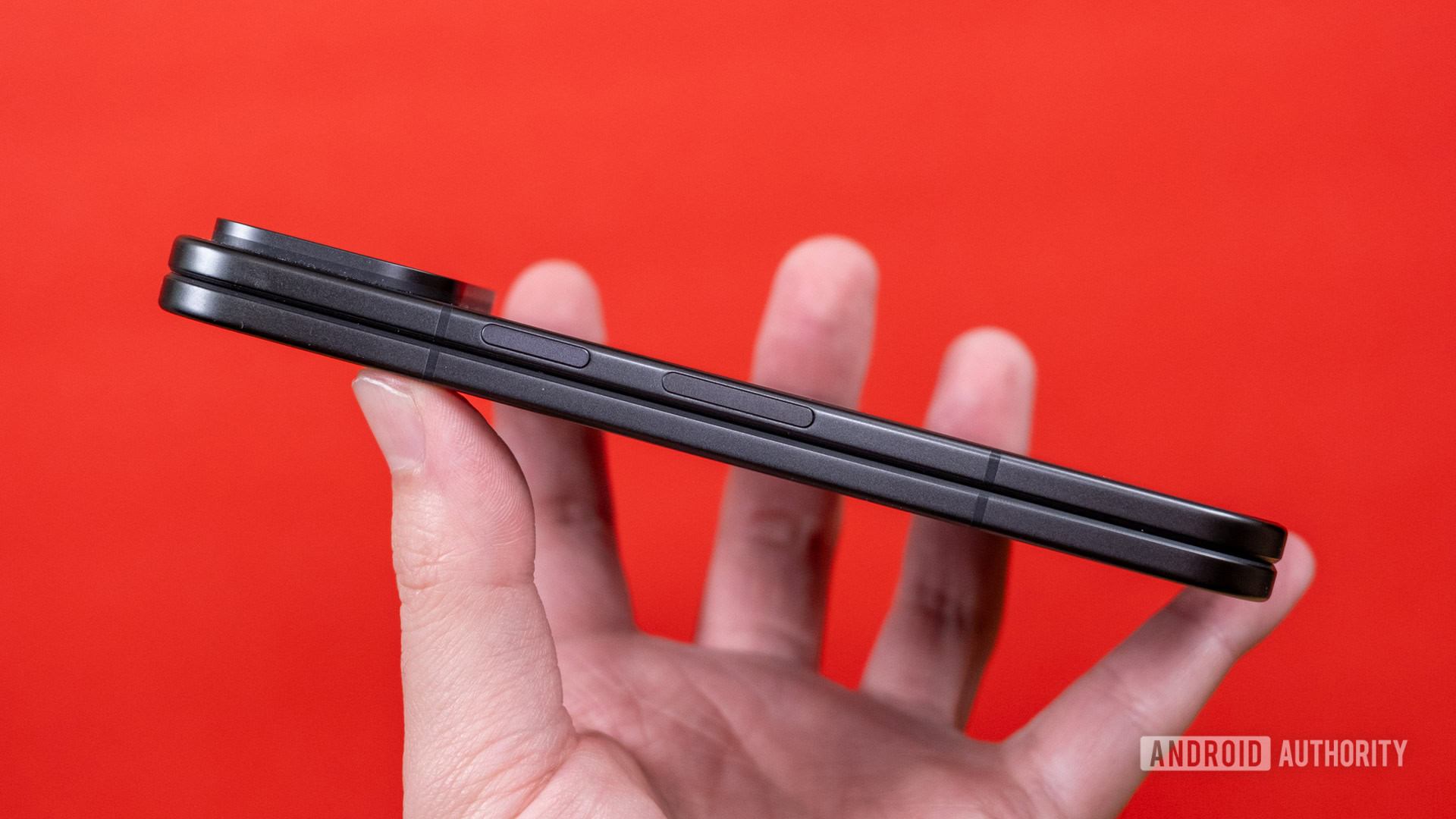
Google has gotten the memo that the outer screen should be the size of a regular phone. It took Samsung six generations to get to the point where the Cover Display is just barely large enough to be comfortable. To my eye, Google’s outer 6.3-inch OLED screen looks identical to the Pixel 9’s display. It’s plenty big enough to get things done, and the slim profile doesn’t feel like a brick when you use it closed.
The Pixel 9 Pro Fold really comes to life when you pry it open. The expansive 8-inch OLED clocks in at 2,076 x 2,152, which aligns with other tablet-like foldables. At twice the width of the outer screen, it’s almost exactly square (a 1:1 ratio). Not every app looks right on a square 8-inch display, but that’s why the outer screen is great — just flip the phone closed, and a problematic app renders just as it would on a flat Pixel. This is a Google-made, book-style foldable that finally works as a phone.
The back is also Gorilla Glass Victus 2 with a silky matte finish, I just wish Google had some more exciting colors than Obsidian (pictured) and Porcelain. The boxy aluminum camera module sticks up a bit less than the camera bar on Google’s Pixel 9 series, but it’s in the top corner like most phones. Sadly, that means you don’t get the stable tabletop experience of the other Pixel phones, nor the very best camera experience (but we’ll get to that later).
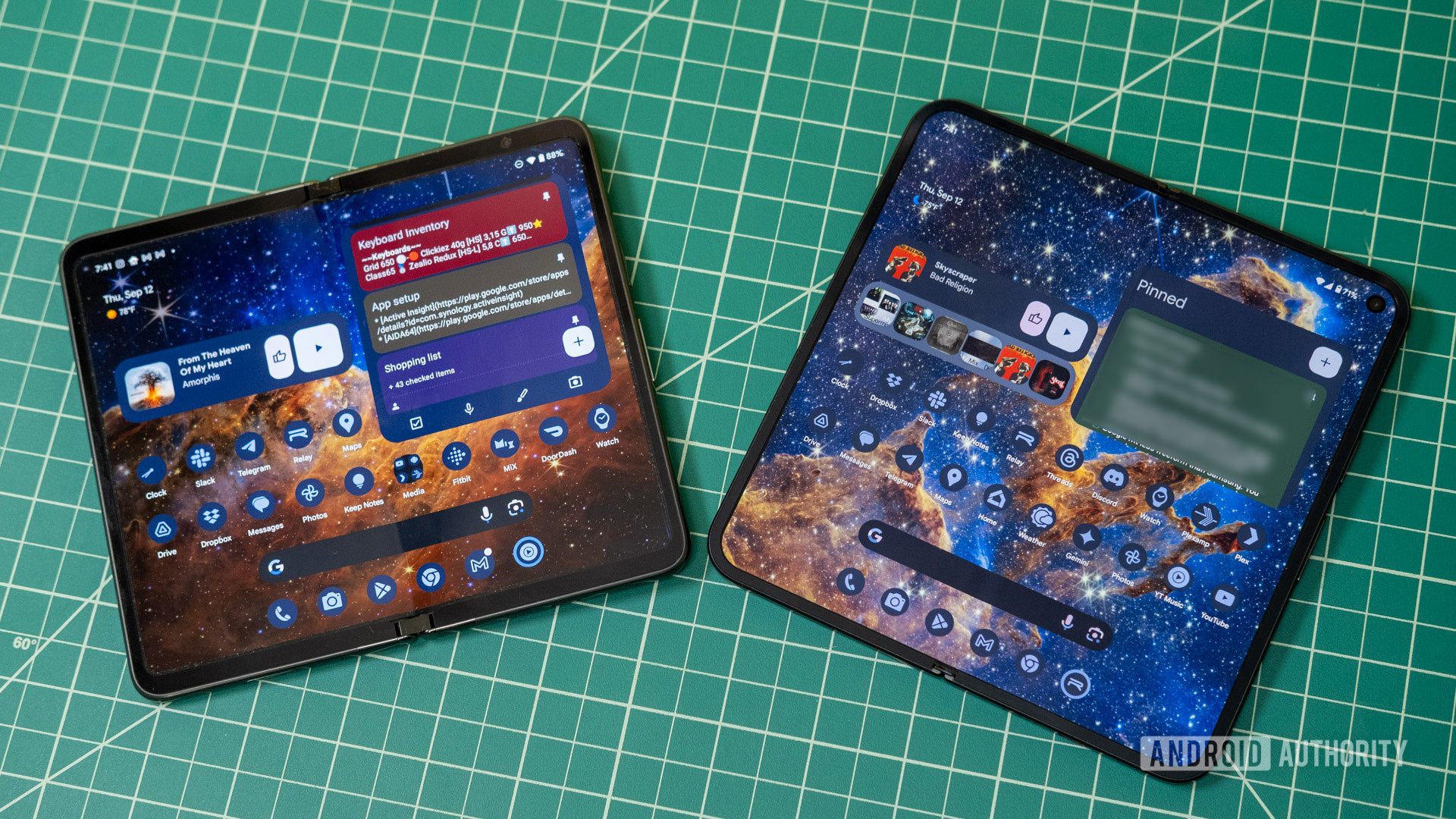
Google had the worst foldable crease with the original Fold by virtue of its phone not opening a full 180 degrees. It’s much improved for the Pixel 9 Pro Fold, and about on par with the OnePlus Open and better than the Galaxy Z Fold 6. The hinge is smooth and feels sturdy when you lock it into place. However, Google positioned the buttons weirdly low on the edge of the phone. This makes them awkward to find, and the volume rocker is right where you’ll probably want to grab the phone when opening it. The power button has a fingerprint sensor in it, and it’s extremely fast and accurate. In fact, sometimes I unlock the phone accidentally just picking it up; again because the button placement is odd.
The Pixel 9 Pro Fold requires less force to open compared to Samsung’s foldables, but I’m a bit worried about the “looseness” of the hinge. When you stop midway, the Pixel’s hinge rebounds and droops a bit, and you can wiggle it back and forth with almost no effort. Compare that to Samsung’s hinge, which feels tanky and stays exactly where you put it. I’m not saying this is indicative of future issues with Google’s design, but Samsung’s foldables have been pretty durable, and Google is newer at this. At the very least, I’d recommend checking out the official case ($49.99 at Google Store) for some extra protection overall.
Fast enough might not be fast enough
Much has been said about the Tensor G4, Google’s latest AI-optimized mobile chip. Despite a new CPU core, this chip doesn’t perform much better than the preceding Tensor G3, which puts the Pixel 9 Pro Fold at a distinct disadvantage compared to foldables like the Z Fold 6 that have Qualcomm’s latest flagship silicon.
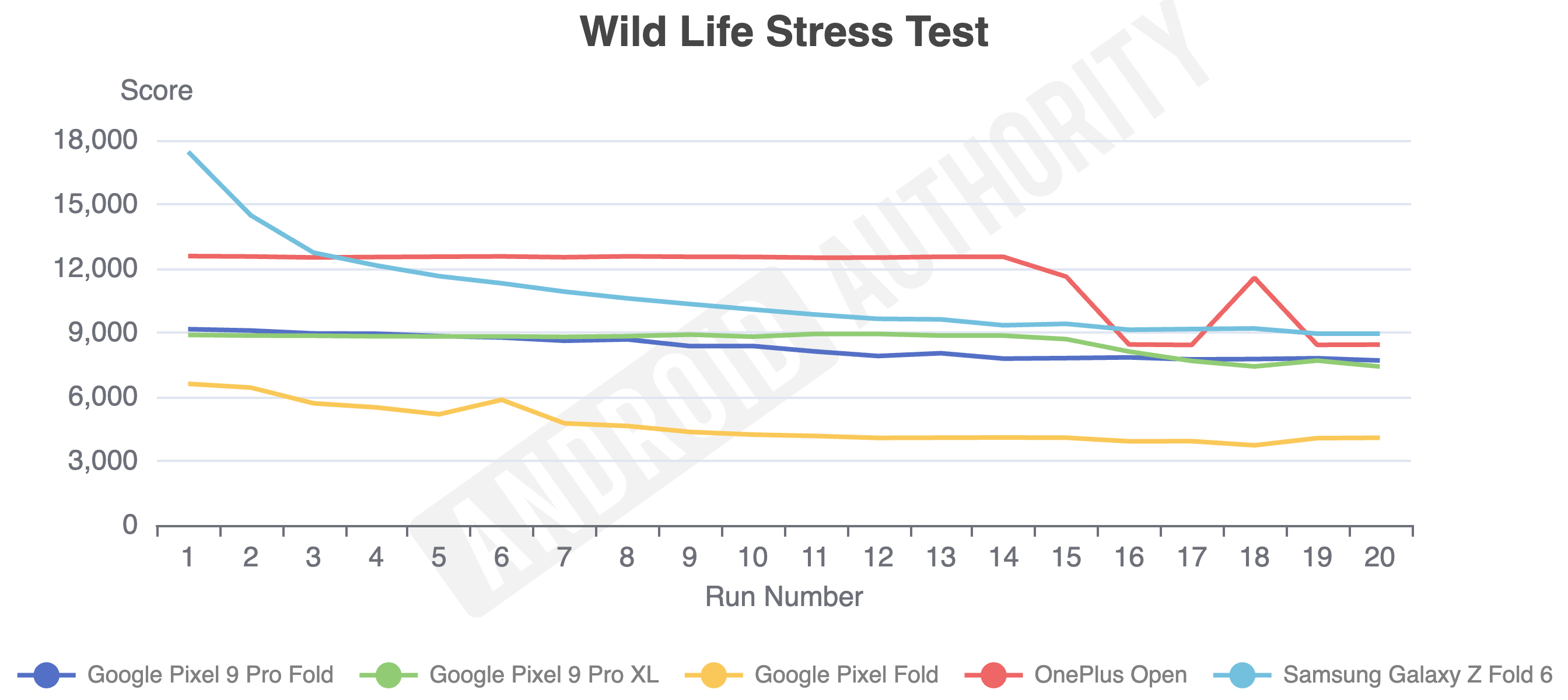
In benchmarks, the Pixel 9 Pro Fold is in the middle of the smartphone pack. CPU-bound tasks, such as gaming, perform a bit better than GPU tasks, which is the Pixel 9 Pro Fold’s weakest performance metric. On the other hand, the Tensor G4 doesn’t heat up as much as the Snapdragon 8 Gen 3 in sustained testing, which is an interesting turn considering Tensor’s history of heat management woes.
I understand the desire to get the most powerful chip available — after all, you’re paying $1,800 or more for this phone. However, just like the flat members of the Pixel 9 series, I’m pleased with this phone’s day-to-day performance. Animations and scrolling are perfectly smooth, apps open promptly (even two apps at once), and the touch detection feels immediate. It’s probably fast enough unless playing high-end games like Diablo Immortal or Genshin Impact is a significant part of your smartphone usage, though it’ll still handle those well enough at low-to-mid settings.
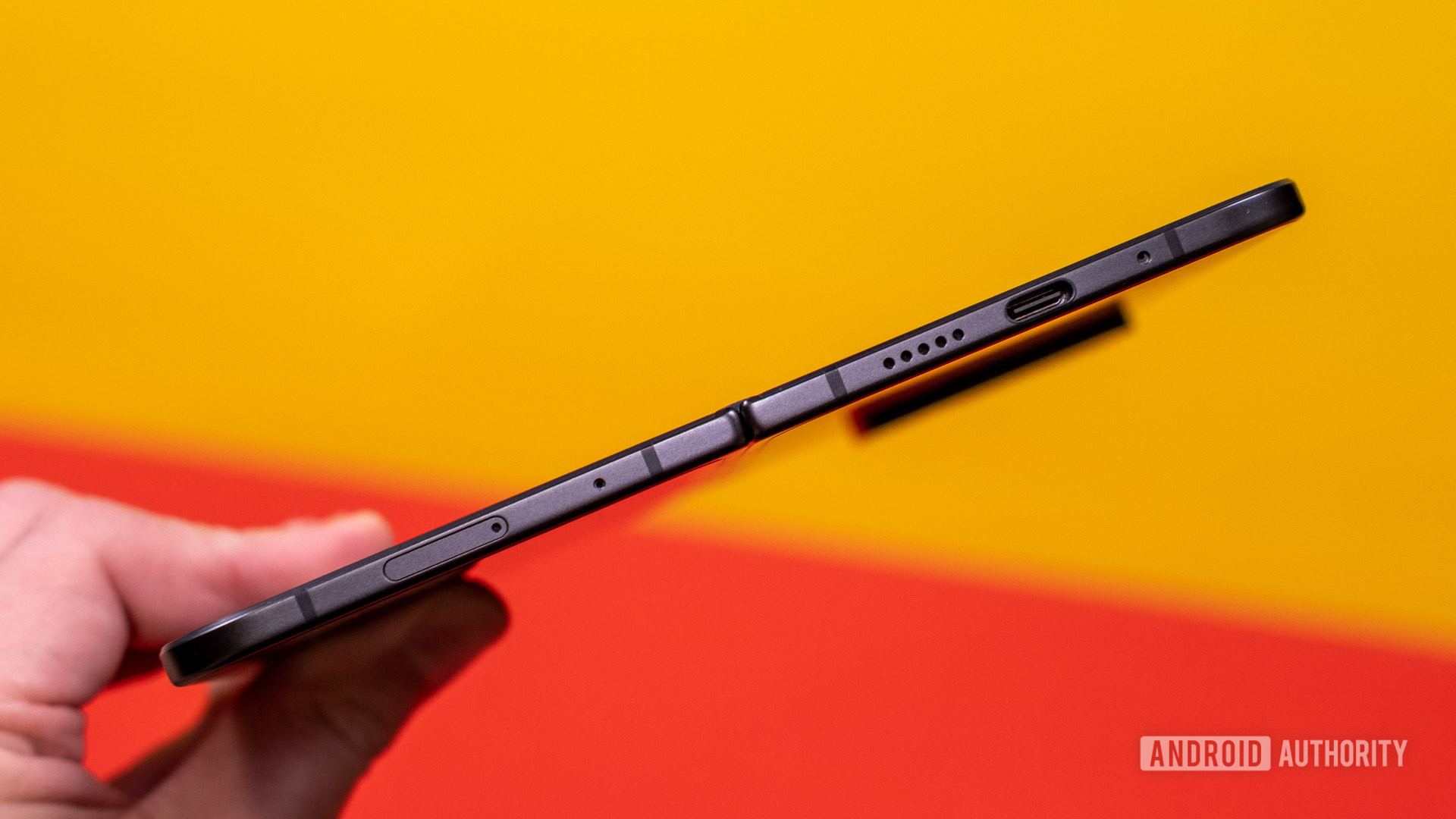
Google equipped the Pixel 9 Pro Fold with a 4,650mAh battery, which is average to slightly large for a book-style foldable. The battery life is not a deal breaker, but this is another of those long-standing foldable flaws that Google hasn’t beaten.
How much you use each screen will affect how long it lasts. However, the more usable front OLED has kept me from opening the Pixel 9 Pro Fold as often as I do the Galaxy Z Fold 6, which has helped it last a little longer. In my daily tests, I generally saw around five or six hours of screen time per charge. A full day of usage usually left me around the 20% low-battery warning.
On one occasion, I used the Pixel 9 Pro Fold during an outdoor excursion on a cloudless day. I flipped back and forth between the two displays while shooting and examining photos for several hours. With the display brightness cranked up maximum all that time, I ran out of juice in the evening.
Battery life is decent, but recharging the Pixel 9 Pro Fold is frustrating and not fast enough.
Unfortunately, recharging the Pixel 9 Pro Fold is frustrating and not fast enough. Despite being a “Pro” Pixel, it maxes out at 21W, which is slower than the 27-37W you get with Google’s flat Pixel 9 series phones. It’s common for foldables to charge slower than similar flat ones, but it’s still annoying to see this kind of disparity, considering the price tag and the “Pro” moniker.
In addition, wireless charging is limited to 7.5W instead of the 23W you get with the Pixel Stand 2 on the other Pixel 9s. Google also positioned the coils unusually low, which prevents the Pixel 9 Pro Fold from connecting on many stand-type chargers, including the Pixel Stand 2 and Tesla’s OEM chargers. It doesn’t have wireless power share, either.
Android’s foldable glow-up
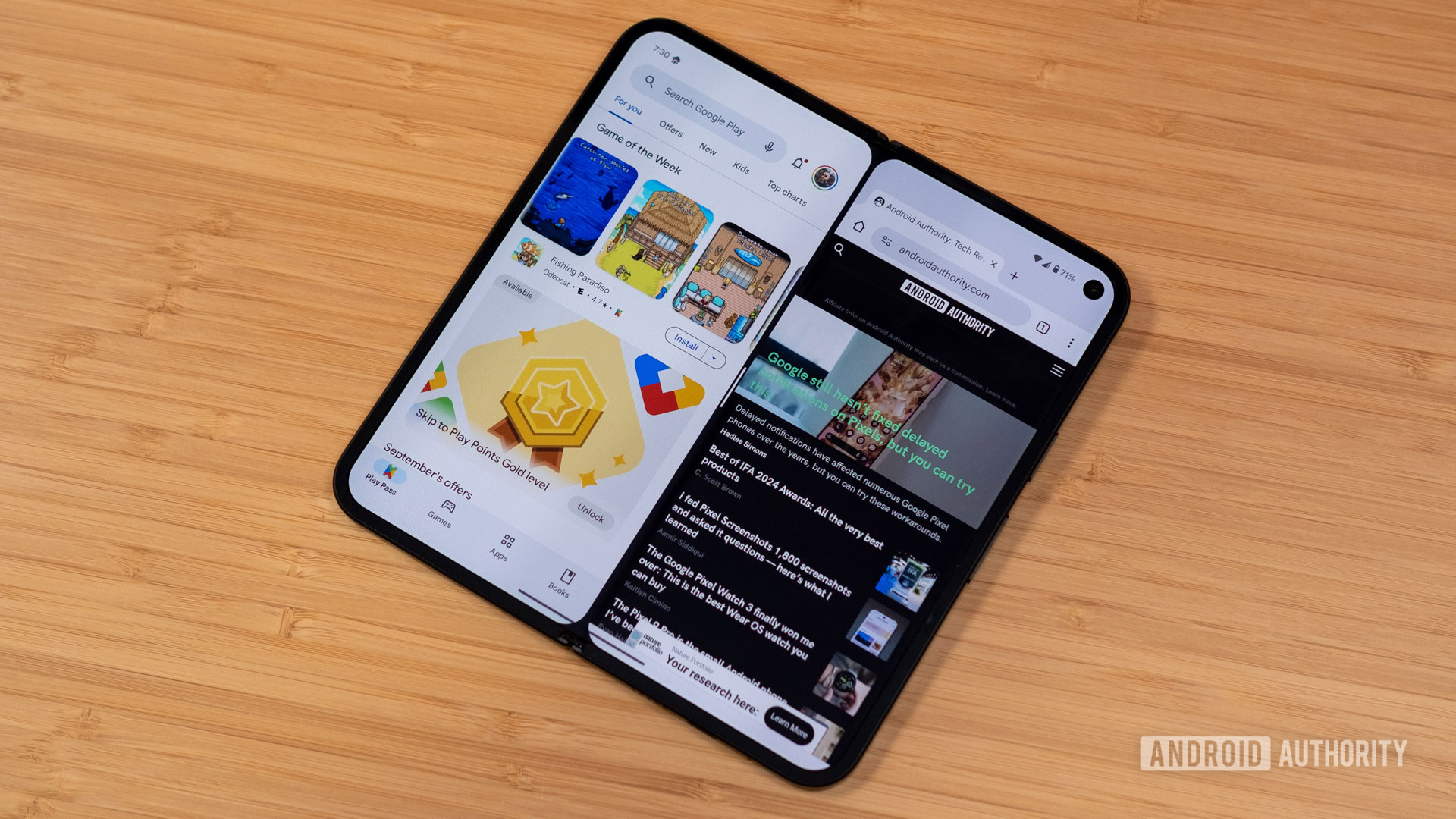
Google’s take on Android with Material You looks fantastic these days. Some people may not like the low-density or more limited feature set, but it competes with iOS in terms of user-friendliness. And on foldables, it’s getting even better.
Google worked with Samsung early in the foldable era to build some basic multi-window features into stock Android, but the basics aren’t enough. The original Pixel Fold was missing some very basic features like saving app pair shortcuts. With the Pixel 9 Pro Fold, Google has added that and more — mostly via Gemini AI.
Despite some large-screen optimizations, this is still the Pixel software you know from the other Pixel 9 phones, with features like Call Screen, Pixel Screenshots, Gemini everywhere (including the ever-impressive Gemini Live), and, again, the best implementation of Material You theming.
Google’s take on foldable software makes the Pixel 9 Pro Fold vastly more useful than flat Pixels. While you can multitask on traditional phones, it’s neither fun nor efficient. Foldables offer the opportunity to open multiple apps with enough screen real estate to actually use them. Google’s aspect ratio scaling also works pretty well for apps that don’t like the 1:1 display.
The Pixel 9 Pro Fold experience feels more carefully crafted than what you get on a Samsung or OnePlus foldable — I can see it appealing more to people who haven’t already spent $2,000 on a phone.
For example, look at the way Google changes the experience between the two screens. Multitasking functionality like the taskbar and split-screen shortcuts are only shown when the phone is unfolded. When it’s closed, the Pro Fold works like a regular Pixel phone. You also don’t have to worry about remembering esoteric multitouch gestures or managing multiple home screen layouts. Google’s foldable is just easier to use than the competition.
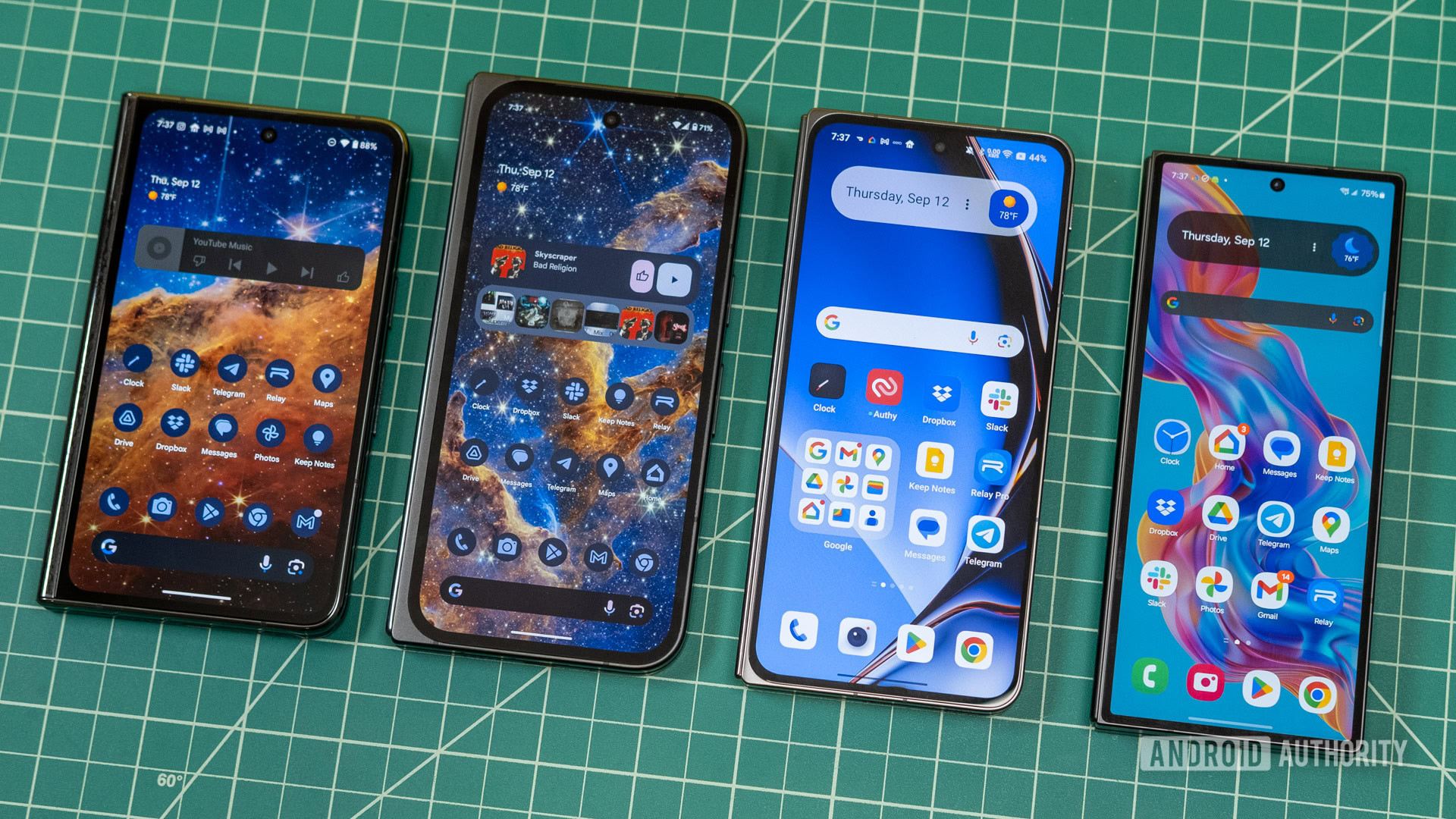
On the flip side, the Pixel 9 Pro Fold isn’t as powerful as, for example, the Samsung Galaxy Z Fold 6. Suppose you have two apps split-screened on the Pixel 9 Pro Fold in portrait orientation (the default), but you want them in landscape. You have to rotate the phone, which isn’t the end of the world, but Samsung gives you multiple options that don’t require physically reorienting the device. You can rotate your open apps to change the size and location with a tap, open a floating window in any shape you want, or drag and drop open apps to expand and change the orientation. And that’s just the tip of the One UI iceberg — there’s a lot of functionality in there, but it can be confusing and overwrought at times. Everything Google does on the Pixel 9 Pro Fold works and looks great.
The Pixel 9 Pro Fold experience feels more carefully crafted than what you get on a Samsung or OnePlus foldable — I can see it appealing more to people who haven't already spent $2,000 on a phone.
Like all Pixel phones, the Pixel 9 Pro Fold comes with seven years of update support, including Android versions, security patches, and Pixel Drops. That matches Samsung and puts OnePlus to shame with its four years of OS updates plus one more of security for the Open. Although, it will be interesting to see if Google’s new hinge design holds up for seven years of opening and closing.
A second-rate Pixel camera is still a Pixel camera
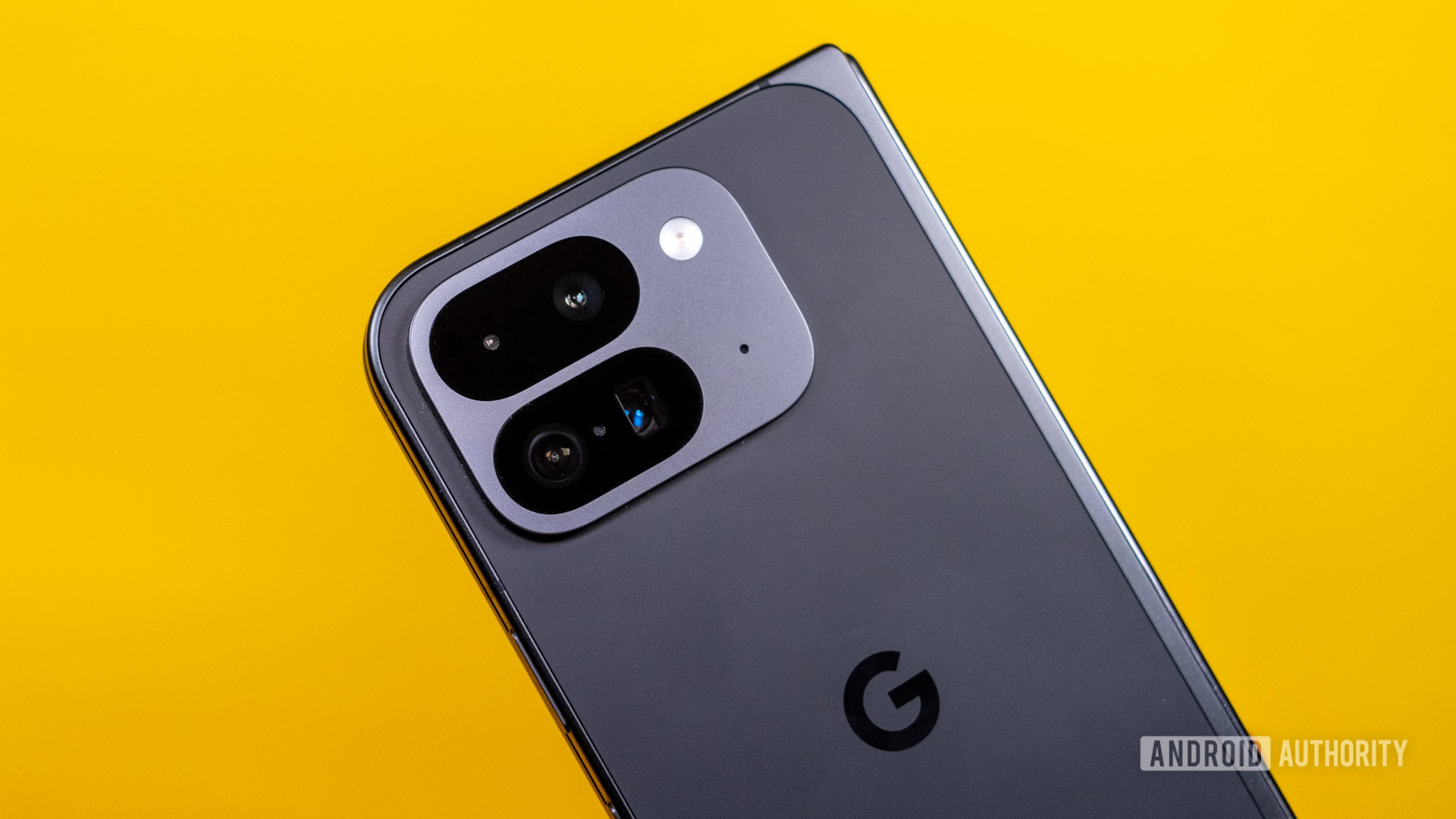
As much as Google worked to improve the hardware for its second foldable, it could not overcome one of the key limitations of foldables. The camera setup is capable enough, but it’s a step down compared to the cheaper Pixel 9 phones, and won’t be challenging the best camera phones you can buy.
It’s a matter of space — Google prioritized battery capacity over making room for larger, more advanced image sensors. So, the cameras are similar to the first Pixel Fold. There’s a 48MP primary sensor, a 10.5MP ultrawide camera, and a 10.8MP 5x telephoto. There are also a pair of 10MP selfie cameras peeking through the front and internal screens.
All of these cameras are lower resolution and physically smaller than the corresponding sensors on the Pixel 9 Pro and 9 Pro XL. While the Pixel 9 Pro Fold can’t keep up with Google’s best cameras, it does alright because it still gets the excellent Pixel HDR+ processing.
The Pixel 9 Pro Fold is still great at taking quick snapshots — it has quicker shutter speeds and focus acquisition in various lighting conditions than Samsung or Apple phones, making it easier to capture motion. However, the cheaper Pixel 9 phones do this better. The smaller sensors in this phone just can’t collect as much light. Likewise, the level of detail you get from the Pixel 9 Pro Fold is good but noticeably poorer than the flat Pixel 9s.
Google’s image processing pipeline does a good job of brightening images and enhancing details, but the photos do skew a bit cool. I’ve also noticed the Pixel 9 Pro Fold occasionally blows out highlights or loses shadow detail that the Pixel 9 Pro would not. The difference is most noticeable in low light, where Night Sight produces more blurry photos compared to flat Pixels.
The ultrawide sensor isn’t the highest resolution, but it gets the job done for landscapes and other outdoor shots. There’s a bit too much distortion at the edges, a common problem with Pixel phone ultrawide lenses, but I appreciate the inclusion of autofocus. That allows the ultrawide to shoot macro images, which are surprisingly good. However, it takes a little too long to switch to this mode as you move in.
I also commend Google for fitting a periscope-style telephoto lens in this camera module. It gives you better reach than most foldable phones, but again, the sensor’s small size and resolution limit what you can do. There will be no extreme digital zoom here, and the level of detail is fine but not impressive. Like the macro mode, switching to the zoom lens takes a beat too long.
The selfie cameras are acceptable for video chats, but for selfies, you should use the main cameras. You can do that with foldables like this, and while holding the phone can be a little ungainly, the results are so much better. You can check out selfie samples and other full-resolution versions of our sample photos in this Google Drive folder.
As for video, the Pixel 9 Pro Fold tops out at 4K/60fps for recording. Unlike the other Pro phones, this one does not support Google’s server-side Video Boost 8K upscaling. While it always stings to lose out on features at this price, it’s not a huge loss overall, and the 4K video from this phone looks nice. Google’s frame stabilization is much better than it used to be, and detail is good. Samsung’s phones shoot better video — brighter, sharper, and with more options — but no one will turn up their nose at a Pixel 9 Pro Fold clip.
On balance, the Pixel 9 Pro Fold camera experience is good enough that most smartphone users will be perfectly happy. Still, this is an $1,800 phone with poorer camera performance than a $1,000 Pixel. I don’t know if this is a dealbreaker, but it’s definitely a shortcoming that makes foldables harder to recommend, even if that caveat isn’t exclusive to Google.
Pixel 9 Pro Fold review: The verdict
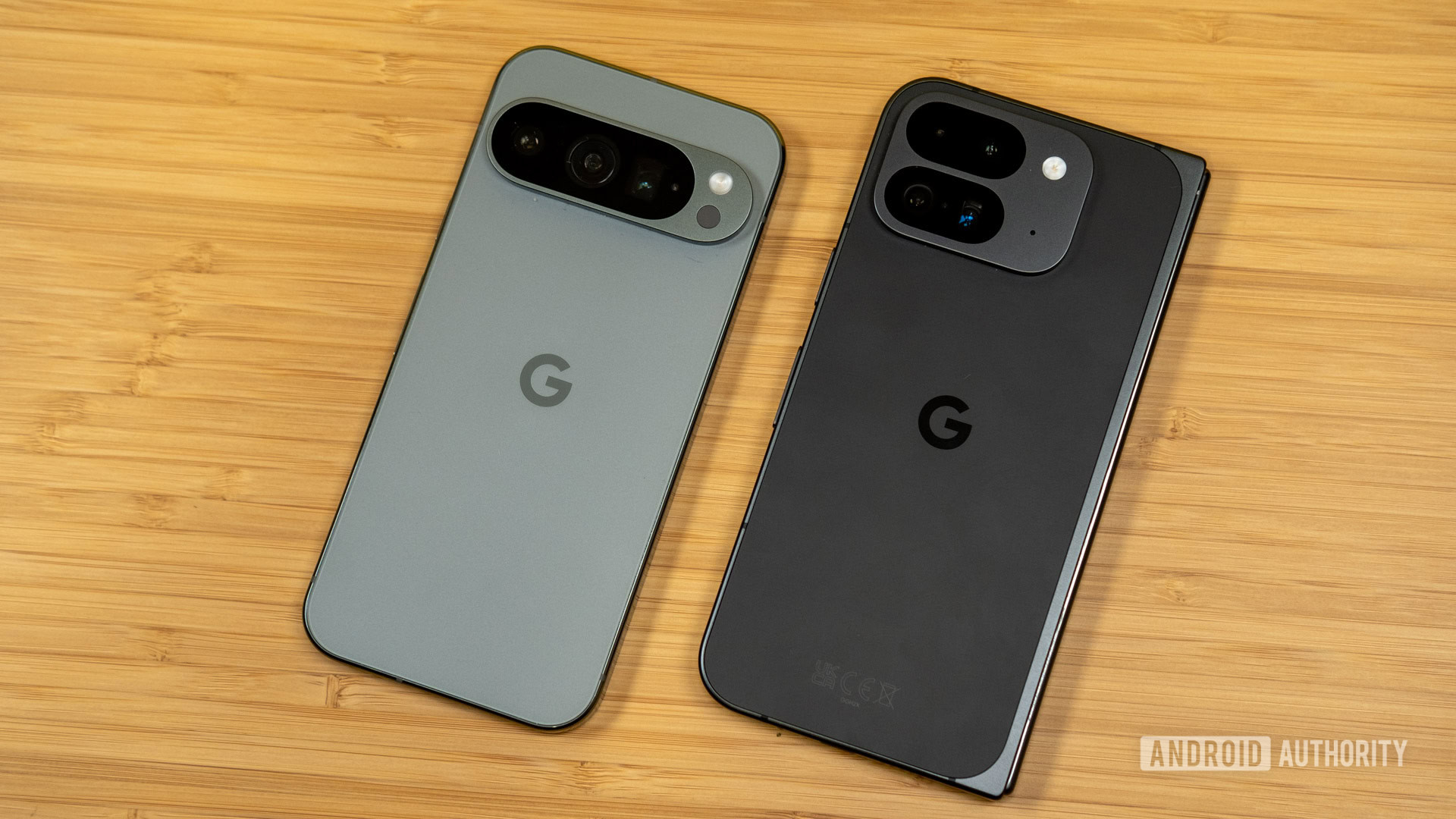
While there’s a lot to like about the Pixel 9 Pro Fold, it’s not going to change the equation for foldables. We’re still stuck talking about the same shortcomings for every foldable phone: the battery life is weak, the camera is a step down, and the price is outlandish.
Even if it won’t make foldables mainstream, the Pixel 9 Pro Fold gets so much right. I love how thin it is, and the displays are the right size at last. Google’s foldable improves marginally on the OnePlus Open’s excellent ergonomics, making this a surprisingly comfortable phone to use one-handed or drop in your pocket. However, there’s still too much bezel around the displays, and the phone is about 20 grams too heavy.
Even if it won't make book-style foldables mainstream, the Pixel 9 Pro Fold gets so much right.
I’ve been clear about how much I like the Galaxy Z Fold 6 ($1899.99 at Samsung) — that’s probably still the phone I’d use if I had to stick with one book-style phone for the long haul. I chalk that up to its more advanced multitasking, seamless stylus input, and Samsung’s excellent accessories. That said, the Pixel 9 Pro Fold has a well-designed suite of foldable features. You can get more done on the Pixel 9 Pro Fold than on a flat phone, even if it’s not the most feature-packed foldable.
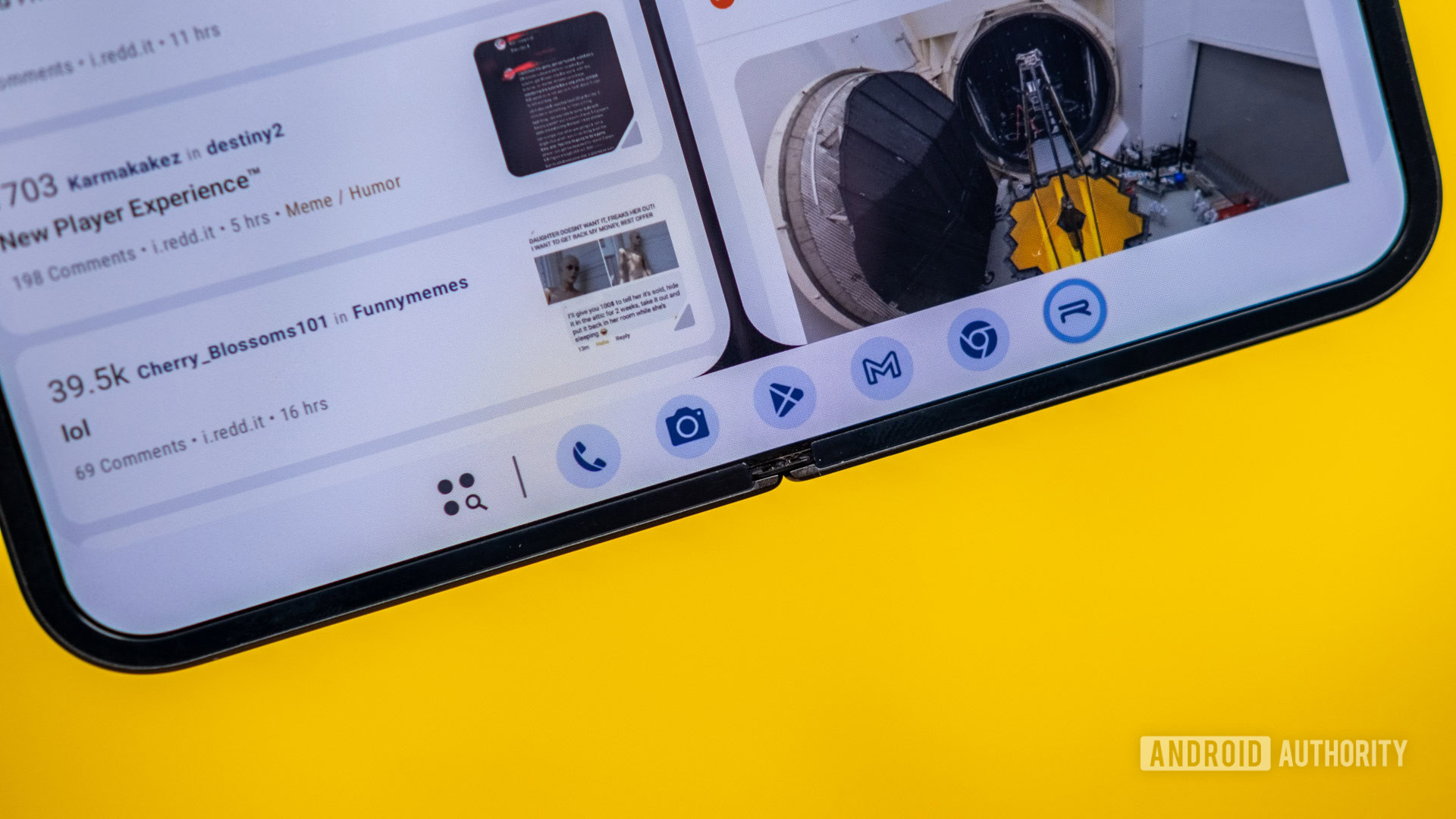
As usual for this particular form factor, the price is the biggest problem. Foldable phones, especially those that fold out into tablets, are complicated feats of engineering, and maybe that means they won’t ever get cheaper. And in that case, most people won’t even consider buying one. Flat phones are fine, and most people will continue using them happily. When you tell someone that a phone costs $1,800, they are often visibly shocked.
For this reason, foldables of this size are still a niche category. I’m not sure when that will change; maybe about the time Apple gets around to releasing one. In the meantime, Google is probably the closest to making a larger foldable with mass appeal. Of course, the flip foldables already have broken this barrier, and the Galaxy Z Flip 6 ($1099.99 at Samsung) and Razr (2024) series ($699 at Amazon) are both great, but you don’t get that seductive phone-tablet combo.
If you like Pixel phones and are interested in this style of foldable, great, get the Pixel 9 Pro Fold. You’ll probably love it. If you’re skeptical about foldables, don’t spend $1,800 on one, even if it’s the Pixel 9 Pro Fold. And thankfully, the Pixel 9 Pro ($999 at Amazon) and Pixel 9 Pro XL ($899 at Amazon) are both two of the best phones Google has ever made, so you don’t have to.
